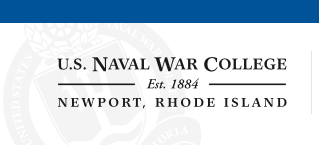

In December 1942, Commanding General of the Army Air Forces, General Hap Arnold, proposed a War College that might train officers for joint operations between the United States Army and Navy and develop new methods and doctrines for cooperative efforts during the war. Prior to World War II, the branches of the US military generally trained their staff independently, but new demands for collaborative efforts by services dedicated to ground, sea and air made clear the need for joint education. Joint Professional Military Education levels are available at a number of colleges and JPME Institutions. As of 2005, JPME contains five levels, successful completion of two of which are among the qualifications for the designation Joint Service Officer. The 1986 passage of the Goldwater-Nichols Act caused increased interest in Joint Professional Military Education and created a standard. While some institutions had previously served to provide joint training, notably the Army and Navy Staff College that operated in the last years of WW2, the first senior school for Joint Professional Military Education was founded in 1946 under the direction of the Chairman of the Joint Chiefs of Staff. Joint Professional Military Education was established following greater awareness during World War II of a need for effective cooperation between the branches of the US armed forces. Joint Professional Military Education (JPME) is a form of Professional Military Education (PME) in the United States that emphasizes a multiservice approach.


 0 kommentar(er)
0 kommentar(er)
